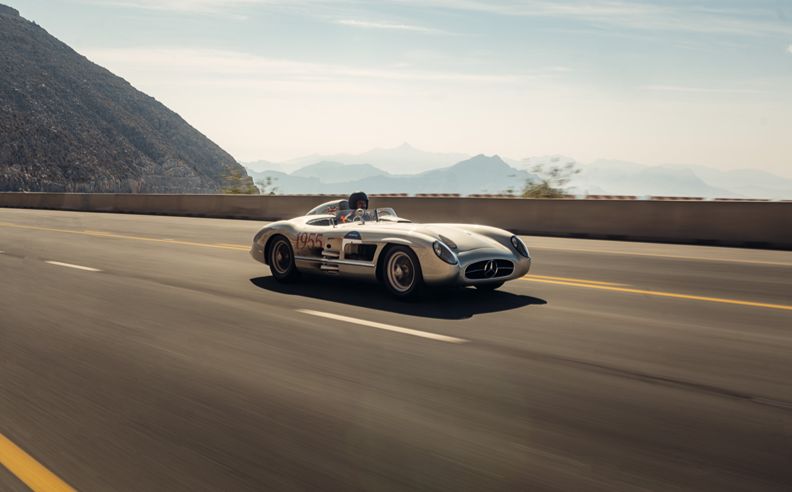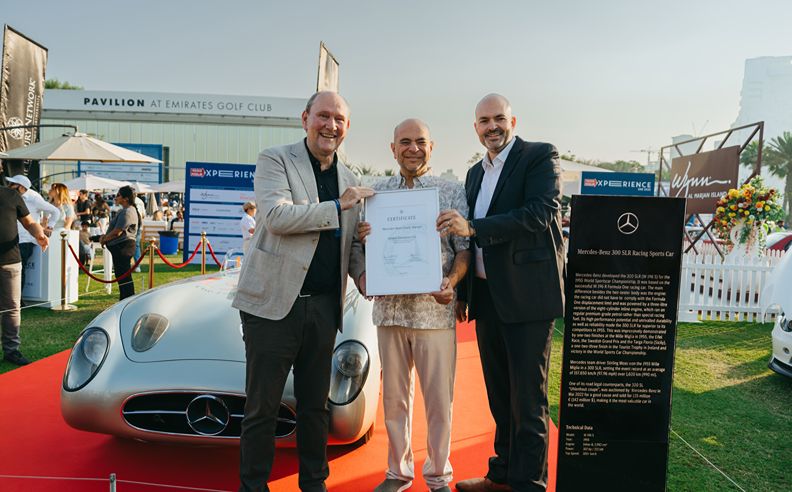Before the muscle car era exploded with flashy stripes and roaring mid-size beasts, Chevrolet quietly launched a revolution. In 1961, a full-size sedan with a potent V8 under the hood lit the match that would ignite America’s horsepower obsession. That engine was the Chevy 409, a powerplant so influential, it found its way into pop music history and onto countless drag strips across the country. It wasn’t just about speed; it was about attitude, engineering, and an era that defined automotive performance for decades to come.
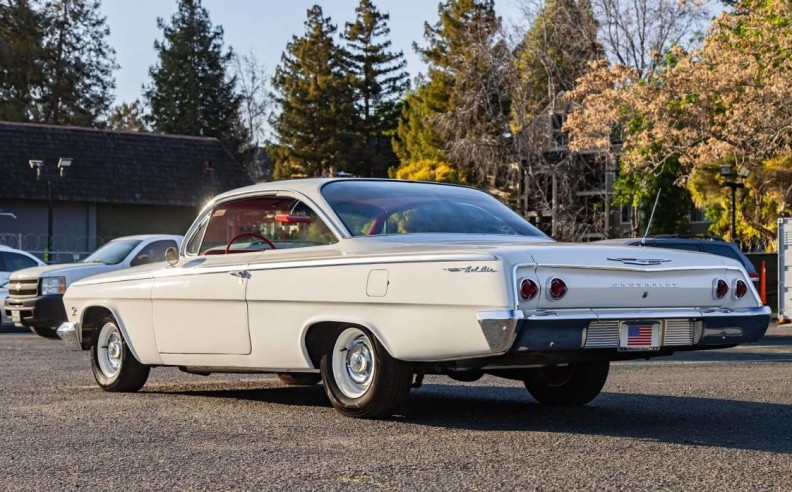
While muscle cars eventually became all about loud decals and aggressive design, the 409 did things differently. It came nestled inside Chevrolet’s full-size Bel Air, a large, unassuming sedan that didn't scream performance. Yet under the surface, this car was anything but tame. The 409 cubic inch (6.7-liter) V8 offered drivers up to 409 horsepower when equipped with dual Carter four-barrel carburetors, delivering that magical 1 horsepower per cubic inch. With a sub-7-second 0 to 60 mph (97 km/h) time, the 409 wasn’t just quick for its time, it was groundbreaking. This sleeper look combined with real-world performance made it a cult favorite, proving that muscle didn’t need to shout to be heard.
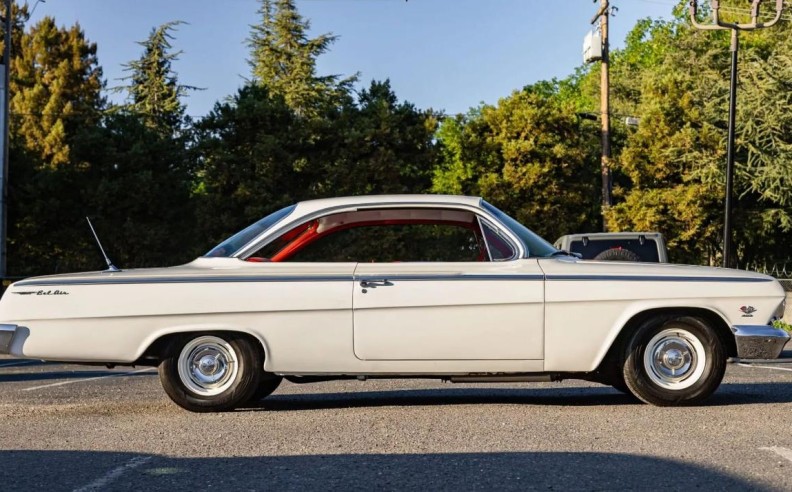
The impact of the 409 wasn’t confined to racetracks and showrooms. Its legend grew even louder thanks to the Beach Boys, whose hit song “409” immortalized the car in rock and roll history. The lyrics captured a cultural moment, where power, speed, and freedom ruled the hearts of young Americans. The track sparked a wave of car-themed songs that rode the momentum of the growing muscle car craze. Suddenly, owning a fast car wasn’t just cool, it was a symbol of identity. Chevy hadn’t just built an engine; it had accidentally created an icon.
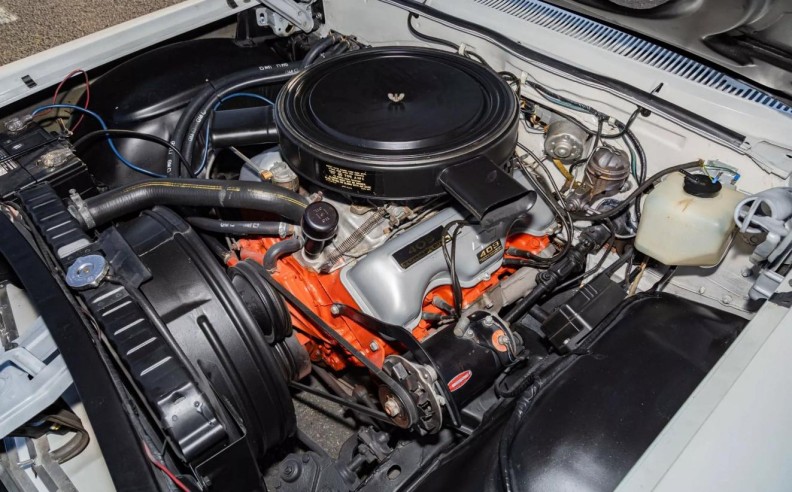
Decades after its debut, the Chevy 409 continues to capture the imagination of collectors and enthusiasts. Rare configurations like the bubble-top coupe with dual-quad carbs and a four-speed manual transmission are now among the most coveted classic muscle machines. Unlike later muscle cars that came loaded with options and styling cues, the 409 kept things simple, relying on raw performance to make its mark. Its rarity, subtle style, and cultural significance have kept its value and legend alive. When one rolls across the auction block today, it reminds the world where the real muscle story began.

Started my career in Automotive Journalism in 2015. Even though I'm a pharmacist, hanging around cars all the time has created a passion for the automotive industry since day 1.
